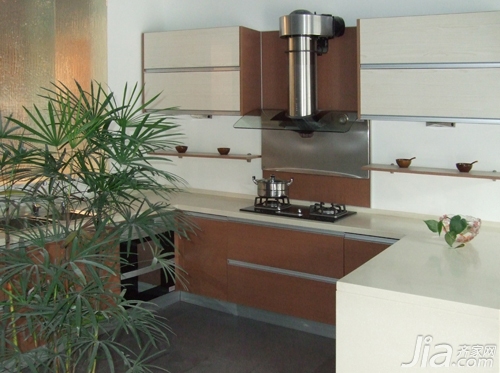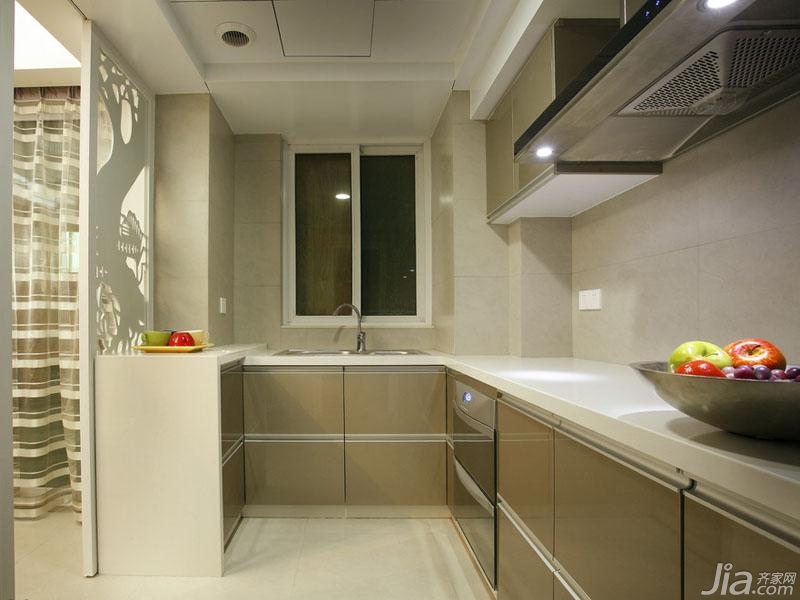How to customize the cabinet There are still some difficulties for people who are going to make renovations for the first time, which is mainly because they are not familiar with the method of customizing cabinets. So, let's share with you the process of custom cabinets.

1. Understand your own needs and preferences
Understanding your own needs and preferences is the first step in customizing cabinets - you must first understand your needs and preferences before making a set of truly applicable cabinets: Isn't cooking at home often? What is the eating habit? What kind of style, color? Is it harmonious enough with the family decoration style? These problems are all understood at the beginning of custom-made cabinets.
2. Inquiry
After understanding their own needs and preferences, it is necessary to visit the customized points of several cabinets to make inquiries and find 2 or 3 cabinet manufacturers with the right price and meeting their own needs in order to conduct in-depth exchanges.

3, determine the program
After confirming the cabinet manufacturers, the cabinet designer of the manufacturer can be invited to come out. Don't pay attention to the length, depth, color, and style of the cabinet at this time. Instead, ask the designer to propose a set of suggestions for kitchen space, water, electricity, and natural gas lines based on your kitchen appliance configuration and usage habits. To improve the convenience and efficiency of future cabinets.
4, determine the price
Cabinet customization not only depends on its unit price per meter, but also pays attention to the difference between different materials and optional accessories (such as knife holders, baskets, and various hardware). When determining the final price of the cabinet, it is necessary to ask the manufacturer to clearly indicate the price of the above materials and accessories, and specify the total price of the cabinet after the adjustment of the material and accessories. If there is an overexpenditure, it will be modified immediately until you are satisfied.

5, determine the duration
The cabinet customization period of each manufacturer is different, so there is no experience to learn from this. Determining the duration can facilitate the establishment (and adjustment) of their own renovation progress and convergence, and ensure that the appropriate preparations are made before the cabinet enters.
6, on-site installation
When the cabinet is installed on the door, be sure to personally stare at it. Maybe you don’t know anything, but as long as you install the personnel around, you are not too sloppy. In addition, after the cabinets are installed, they must also ask the installer to debug the cabinets, find out the problem areas and ask for solutions. The on-site solution cannot contact the manufacturer immediately and determine the final solution.

After the cabinet is installed, you must try it out and make sure that the material and accessories of the cabinet are consistent with your original requirements. In addition, if the conditions permit, you can put the kitchen appliances in place, look at the space reserved in the cabinet (such as microwave ovens, etc.) if there is a size mismatch, the position is not the same phenomenon. If a problem is found, no matter what party's responsibility, it should immediately be remedied or modified. Any delay will only make the problem more and more difficult to handle.
Summary: The custom cabinet flow is introduced to this. If you have more confusion about the custom cabinet flow, you can leave a message for the small series below.
Cabinets Custom cabinets Entrance decoration price Electric space Decoration Design Microwave decoration style Home cabinets Kitchen cabinets Door Kitchen cabinet door
Sulfanilic Acid
CAS Number: 121-57-3
Possible CAS #: NA
Molecular form.: C₆H₇NO₃S
Appearance: White to Off-White Solid
Melting Point: >297°C (dec.)
Mol. Weight: 173.19
Storage: Refrigerator
Solubility: DMSO (Slightly, Heated), Water (Slightly, Heated)
Stability: No Data Available
Category: Amines, Aromatics, Sulfur & Selenium Compounds
Boiling Point: No Data Available
Applications: Sulfanilic Acid (Sulfadimethoxine EP Impurity D) is a toxic metabolite of Tartrazine (T007700). Used as Ehrlich`s reagent, for detecting of nitrites. Antibacterial.
Sulfanilic Acid
Hydrogen Peroxide,Sodium Polyacrylate,Aminobenzenesulfonic Acid,Sodium Silicate
FORING IMPORT & EXPORT CO.,LTD , https://www.foringfor.cn